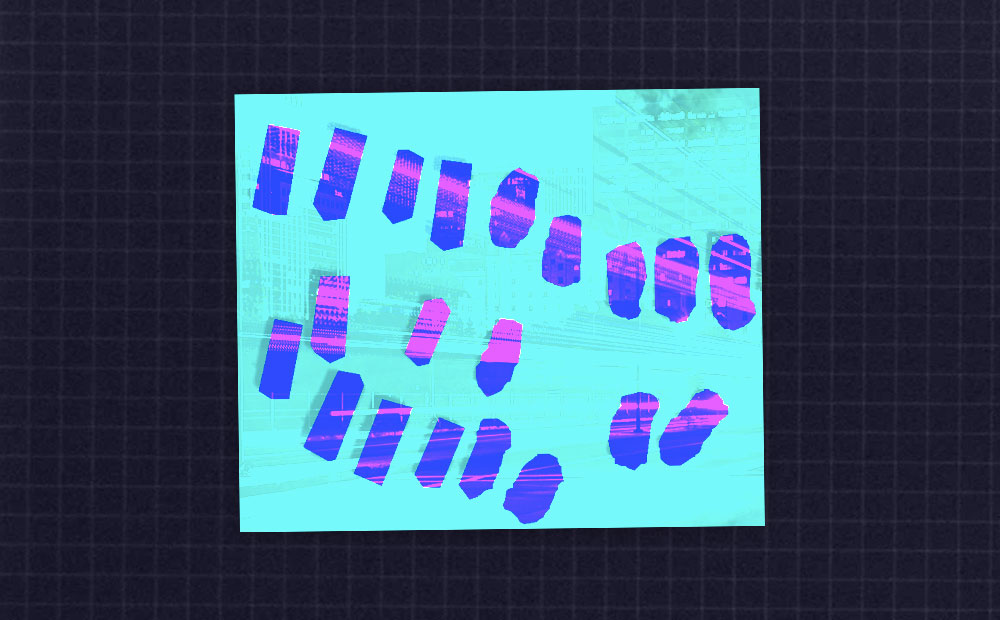Software Engineering
<- Return to all blogs
-
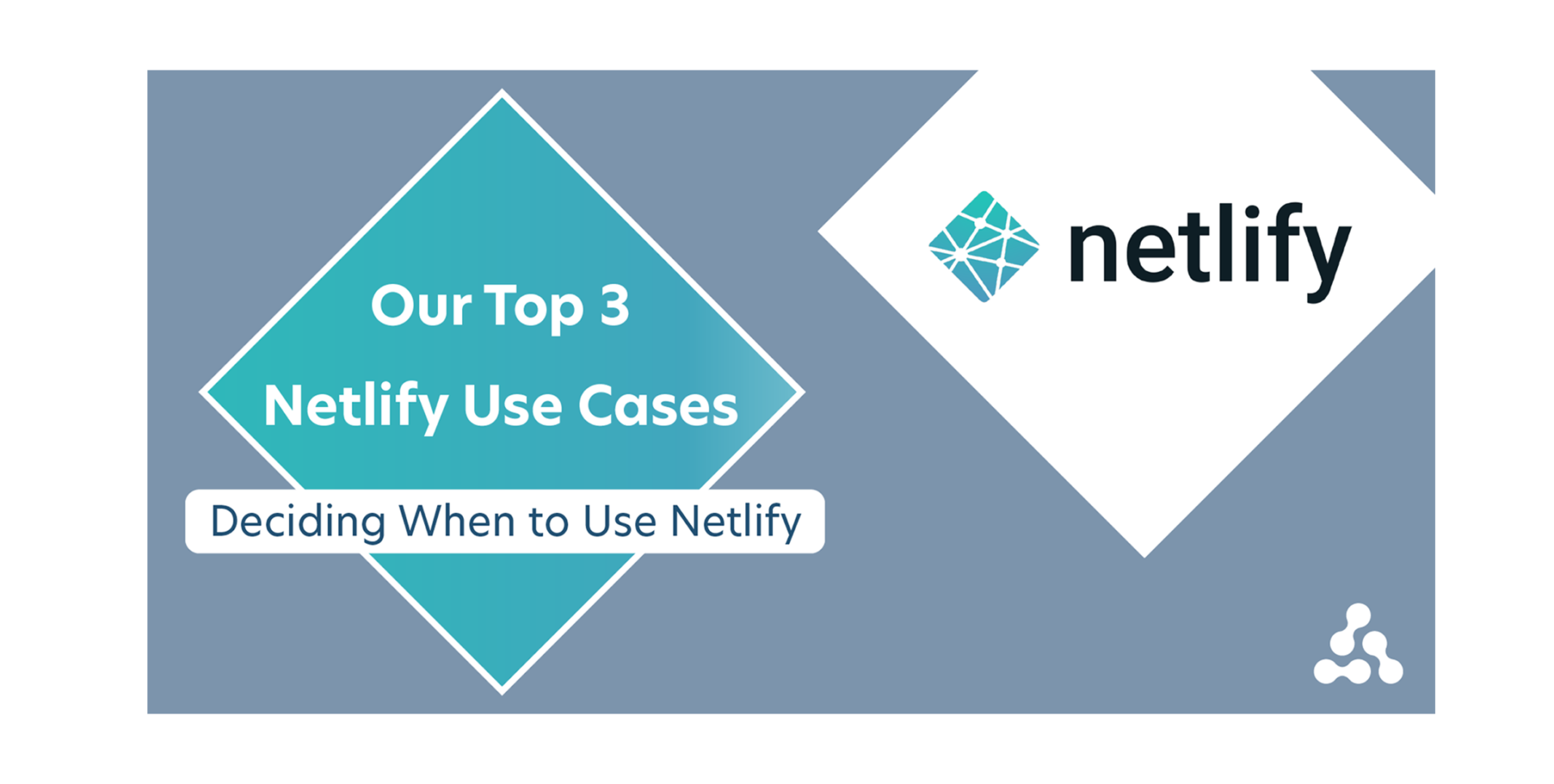
Our Top 3 Netlify Use Cases: Deciding When to Use Netlify
Netlify is a platform for web developers and designers that offers hosting and serverless backend services. Here, we provide Azavea’s top three use cases for it and its benefits for our software engineers and designers.
-
Our Top 3 Netlify Use Cases: Deciding When to Use Netlify
Netlify is a platform for web developers and designers that offers hosting and serverless backend services. Here, we provide Azavea’s top three use cases for it and its benefits for our software engineers and designers.

-
Create a Windows Application Without Windows
All of our developers are on Mac or Linux, but we can still do Windows work using .NET Core. Using this open-source technology we can develop applications for organizations that are restricted to a Windows-based environment and .NET technologies.
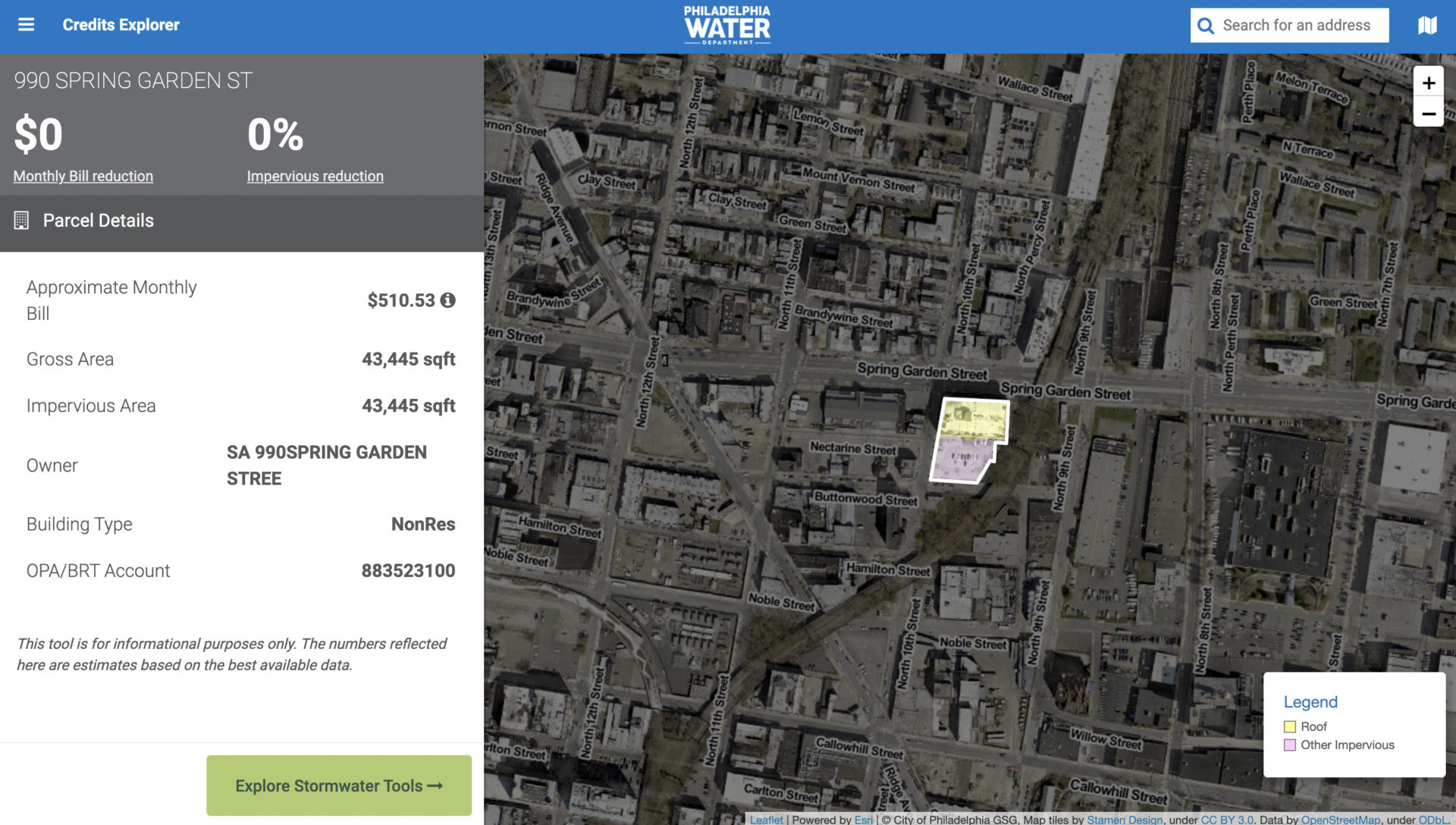
-
Top 7 Reasons to Make Your Excel Spreadsheet into a Web-Based Application
We’ve seen a trend in requests from potential clients. Organizations are bringing us complex, built-in-house Excel spreadsheets and asking us to convert them into web-based decision-support tools to make their data more useful, user-friendly, and secure.

-
The Azavea Cloud Dataset
Azavea is releasing a dataset consisting of 32 unique Sentinel-2 tiles with cloud labels produced by humans.

-
Dan Pilone on the Casual Space Podcast
At the end of June, Casual Space Podcast hosted by Beth Mund, published a conversation she had with Dan Pilone, Co-Founder and CTO. The conversation covered a lot of ground (pun intended!). It was impressive that Dan was the first person she’s had on her show to talk about the data and informatics side of…
-
Introducing Loam: A Client-Side GDAL Wrapper for Javascript
We’re launching a library called Loam. Loam allows GDAL to be used in client-side code in a web application. Loam wraps a version of GDAL compiled to WebAssembly and makes the GDAL API and utilities available to Javascript running from within a web browser.
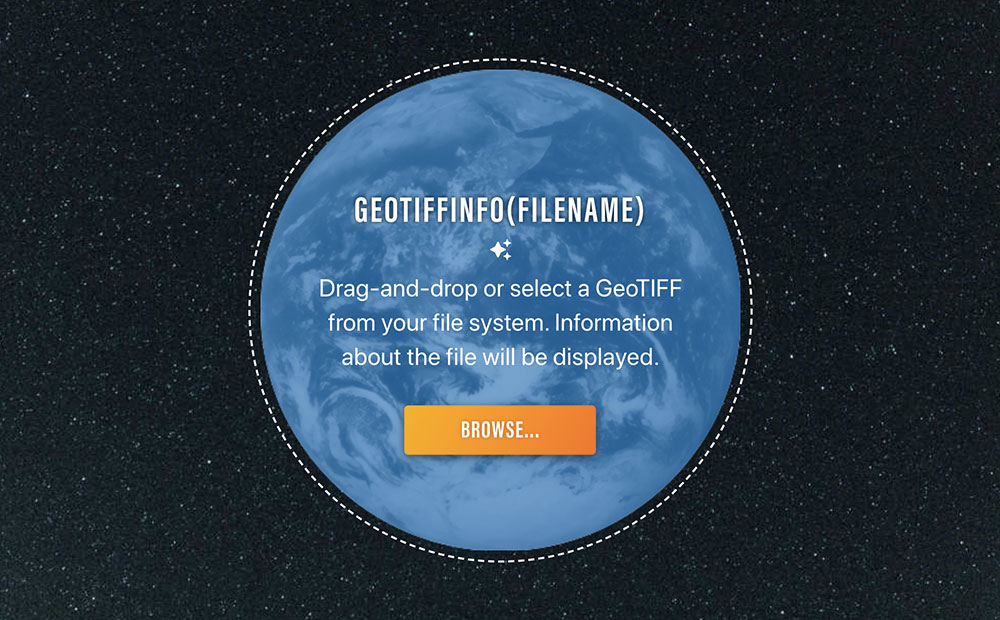
-
Introducing Raster Vision 0.13
This release presents a major jump in Raster Vision’s power and flexibility. The newly added features allow for finer control of the model training as well as greater flexibility in ingesting data.
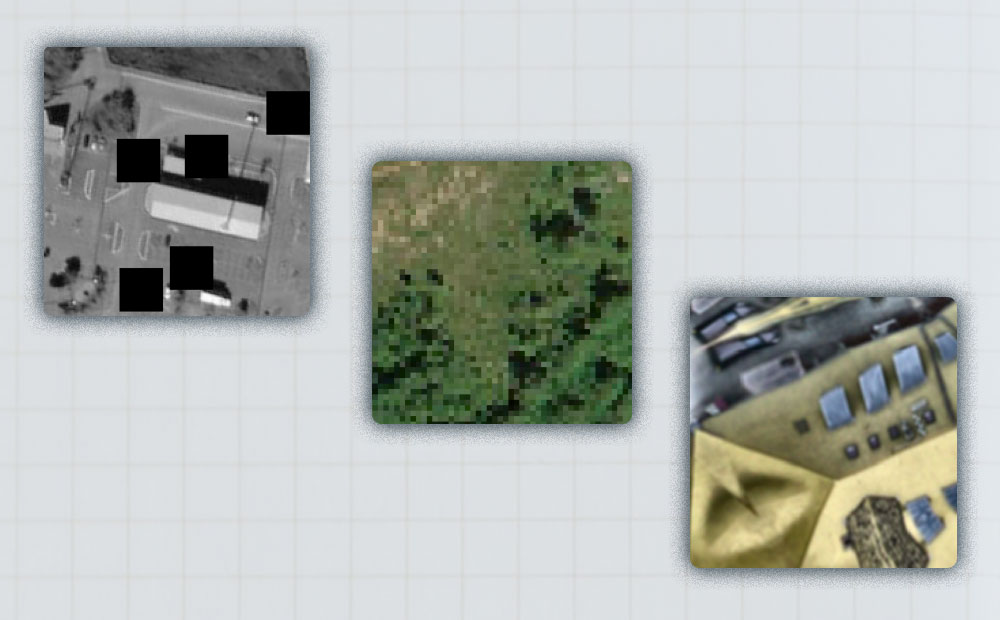
-
Getting Started with STAC APIs
STAC is a specification for enabling online search and discovery of geospatial assets. This post walks through getting started with a number of STAC APIs.
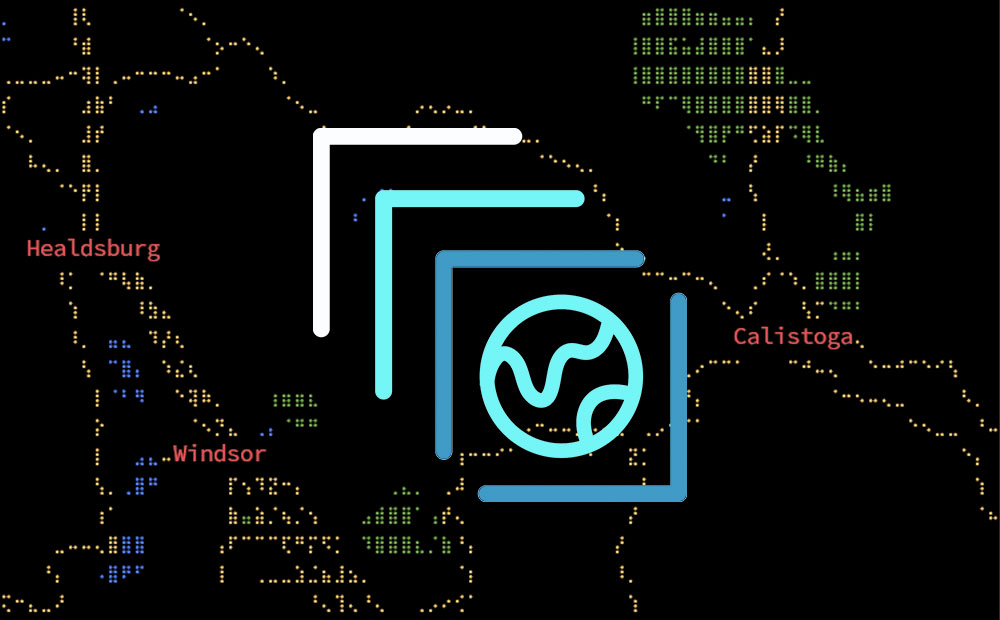
-
Cloud Detection in Satellite Imagery
We compare the results of two machine learning models that detect clouds in Sentinel-2 satellite imagery and share pointers about models you can try for yourself.
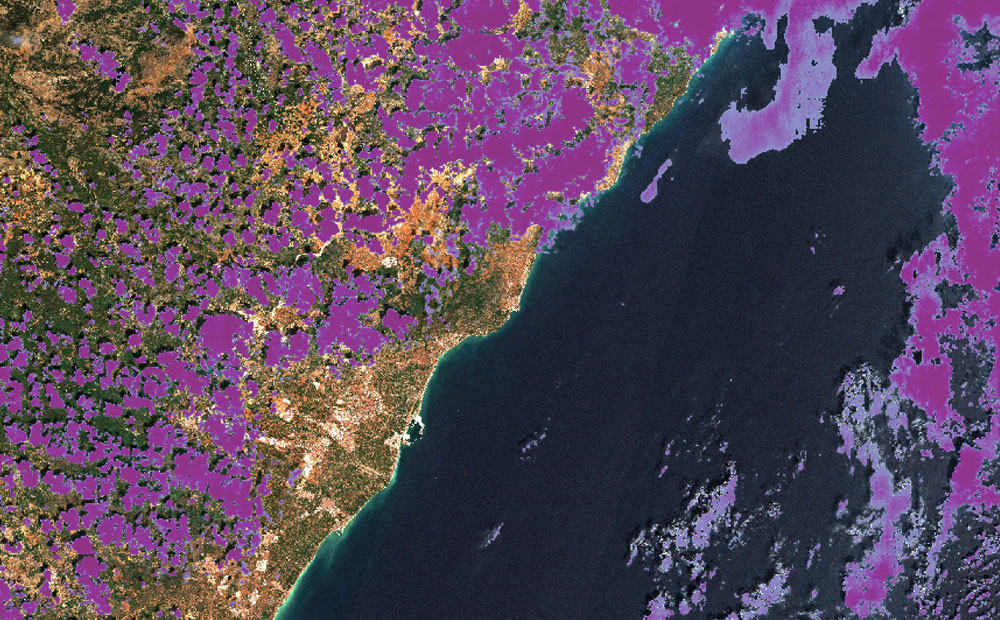
-
Load Testing a TMS Tile Server with k6.io
k6.io provides a flexible base for load testing with a convenient scripting language, and the quickstart docs will get you pretty far, but testing with a session of TMS requests had some unique challenges.
